Our skin is an incredible organ that acts as a protective barrier between our bodies and the external environment. It is not only the largest organ but also plays a vital role in maintaining our overall health and well-being. When it comes to injuries or wounds, the human skin has a remarkable ability to heal itself through a complex and intricate process. In this article, we will explore the amazing journey of the skin healing process, how it works, and what we can do to support and accelerate this natural phenomenon.
Table of Contents
- The Miracle of Human Skin
- Understanding the Skin’s Structure
- Epidermis: The Outer Shield
- Dermis: The Support System
- Hypodermis: The Fat Cushion
- The Science of Skin Healing
- Inflammatory Phase: Reacting to Injury
- Proliferative Phase: Rebuilding and Repairing
- Remodeling Phase: Enhancing Strength and Functionality
- Factors Influencing Skin Healing
- Age and Healing Capacity
- Nutrition: Fueling the Healing Process
- Chronic Conditions and Impaired Healing
- Promoting Natural Skin Healing
- Keeping Wounds Clean and Moist
- Protective Dressings and Bandages
- The Role of Nutrition and Hydration
- Avoiding Harmful Substances
- Incorporating Herbs and Home Remedies
- Aloe Vera: Nature’s Healing Gel
- Lavender Oil: Calming and Soothing
- Tea Tree Oil: Fighting Infections
- The Art of Scar Management
- Types of Scars
- Scar Prevention and Minimization
- The Impact of Lifestyle on Skin Health
- Sleep and Stress: Restoring Balance
- Sun Exposure and Protection
- Smoking and Skin Healing
- Addressing Common Skin Issues
- Acne: Dealing with Breakouts
- Eczema: Understanding the Itch
- Psoriasis: Managing Flare-ups
- Skin Healing for Tattoos and Piercings
- Tattoos: Art and Healing
- Piercings: From Punctures to Adornments
- Skin Healing for Various Skin Types
- Dry Skin: Replenishing Moisture
- Oily Skin: Balancing the Sebum
- Sensitive Skin: Gentle Care and Healing
- The Importance of Patience and Time
- Allowing the Skin to Heal Naturally
- Avoiding Premature Interventions
- Conclusion
The Miracle of Human Skin
The skin is a dynamic and versatile organ, serving as a protective barrier against harmful pathogens, ultraviolet (UV) radiation, and other environmental elements. It comprises three main layers: the epidermis, dermis, and hypodermis. Each layer has its unique role in maintaining the integrity of the skin and facilitating the healing process.
Understanding the Skin’s Structure
Epidermis: The Outer Shield
The epidermis is the outermost layer of the skin and acts as a shield against external threats. It consists of several sub-layers and contains specialized cells, such as melanocytes, responsible for skin pigmentation.
Dermis: The Support System
Beneath the epidermis lies the dermis, which provides structural support to the skin. It contains collagen and elastin, proteins crucial for maintaining skin elasticity and strength.
Hypodermis: The Fat Cushion
The deepest layer of the skin, the hypodermis, acts as an insulator and cushion. It stores fat and connects the skin to underlying muscles and bones.
The Science of Skin Healing
When the skin sustains an injury, whether it’s a minor cut or a substantial wound, it undergoes a well-coordinated healing process involving three main phases.
Inflammatory Phase: Reacting to Injury
The first stage of healing is the inflammatory phase, where the body’s immune response is activated. Blood vessels constrict to minimize bleeding, and white blood cells gather to fend off potential infections.
Proliferative Phase: Rebuilding and Repairing
In the proliferative phase, new tissue is generated to cover the wound. Collagen production increases, and the wound gradually contracts as fibroblasts play a crucial role in rebuilding damaged skin.
Remodeling Phase: Enhancing Strength and Functionality
The final phase involves remodeling the newly formed tissue. The skin continues to gain strength as collagen fibers reorganize and align properly.
Factors Influencing Skin Healing
Several factors can affect the skin’s healing capacity, such as age, nutrition, and underlying health conditions.
Age and Healing Capacity
As we age, the skin’s regenerative abilities decline, making the healing process slower and less effective.
Nutrition: Fueling the Healing Process
Proper nutrition, rich in vitamins, minerals, and protein, is essential for supporting the skin healing process and preventing complications.
Chronic Conditions and Impaired Healing
Chronic conditions like diabetes or autoimmune diseases can impair the skin’s healing ability, making it susceptible to infections and delayed recovery.
Promoting Natural Skin Healing
Supporting the skin healing process involves taking appropriate care of wounds and injuries.
Keeping Wounds Clean and Moist
Maintaining clean and moist wound environments can aid in preventing infections and expediting the healing process.
Protective Dressings and Bandages
Using appropriate dressings and bandages can provide a protective barrier and promote a suitable healing environment.
The Role of Nutrition and Hydration
Consuming a balanced diet and staying hydrated are crucial factors in optimizing the body’s healing mechanisms.
Avoiding Harmful Substances
Exposure to harmful substances like tobacco and excessive alcohol can hamper the healing process and lead to complications.
Incorporating Herbs and Home Remedies
Several herbs and natural remedies have been found beneficial in supporting skin healing.
Aloe Vera: Nature’s Healing Gel
Aloe vera has anti-inflammatory and antimicrobial properties that can accelerate wound healing and soothe irritated skin.
Lavender Oil: Calming and Soothing
Lavender oil possesses calming effects and may aid in reducing stress-related impediments to the healing process.
Tea Tree Oil: Fighting Infections
Tea tree oil’s antibacterial properties make it an effective remedy for preventing infections in wounds.
The Art of Scar Management
Scarring is a natural part of the healing process, but it can be managed to minimize its appearance.
Types of Scars
Different types of scars, such as keloid, hypertrophic, and atrophic scars, require specific approaches to management.
Scar Prevention and Minimization
Proper wound care and early intervention can significantly reduce the size and appearance of scars.
The Impact of Lifestyle on Skin Health
Certain lifestyle factors can influence the skin’s ability to heal and maintain overall health.
Sleep and Stress: Restoring Balance
Adequate sleep and stress management contribute to improved healing and better skin health.
Sun Exposure and Protection
Protecting the skin from excessive UV exposure helps prevent damage and aids in healing.
Smoking and Skin Healing
Smoking can impair circulation and hinder the healing process, leading to delayed wound closure.
Addressing Common Skin Issues
Understanding how to address common skin issues can facilitate faster healing and better management.
Acne: Dealing with Breakouts
Proper skincare routines and avoiding certain triggers can help manage acne and promote skin healing.
Eczema: Understanding the Itch
Eczema requires gentle care and targeted treatments to alleviate symptoms and promote healing.
Psoriasis: Managing Flare-ups
Managing psoriasis involves lifestyle adjustments and targeted therapies to reduce inflammation and promote skin healing.
Skin Healing for Tattoos and Piercings
Proper aftercare is essential for the healing of tattoos and piercings.
Tattoos: Art and Healing
Understanding the healing process of tattoos can help preserve the integrity of the artwork.
Piercings: From Punctures to Adornments
Properly caring for piercings ensures optimal healing and minimizes complications.
Skin Healing for Various Skin Types
Different skin types have unique needs when it comes to healing and care.
Dry Skin: Replenishing Moisture
Moisturizing dry skin is vital for preventing cracks and promoting faster healing.
Oily Skin: Balancing the Sebum
Proper cleansing and oil control can help prevent infections and support healing.
Sensitive Skin: Gentle Care and Healing
Using mild, hypoallergenic products is crucial for sensitive skin’s healing process.
The Importance of Patience and Time
Allowing the skin to heal naturally is essential for optimal results.
Avoiding Premature Interventions
Rushing the healing process can lead to complications and hinder proper tissue regeneration.
Conclusion
Our skin’s ability to heal is truly a marvel of nature. Understanding the skin healing process empowers us to take better care of our skin and support its recovery when injuries occur. By nurturing our skin with the right practices and being patient, we can harness the body’s innate healing power for healthier and radiant skin.
FAQs
- Is it normal for a wound to itch during the healing process?
- Itching is a common part of the healing process, indicating that the wound is healing. However, excessive scratching should be avoided to prevent infections.
- Can I use hydrogen peroxide to clean wounds?
- While hydrogen peroxide can help clean wounds, it may also damage healthy cells. It’s best to use mild soap and water or consult a healthcare professional.
- Are scars permanent?
- Scars are permanent, but their appearance can be minimized with proper care and treatments.
- Can stress affect the healing of skin conditions?
- Yes, stress can negatively impact the healing process of skin conditions. Managing stress is essential for promoting skin healing.
- How long does it take for a tattoo to heal completely?
- Tattoo healing time varies but usually takes around 2-3 weeks. Proper aftercare is crucial for optimal healing.

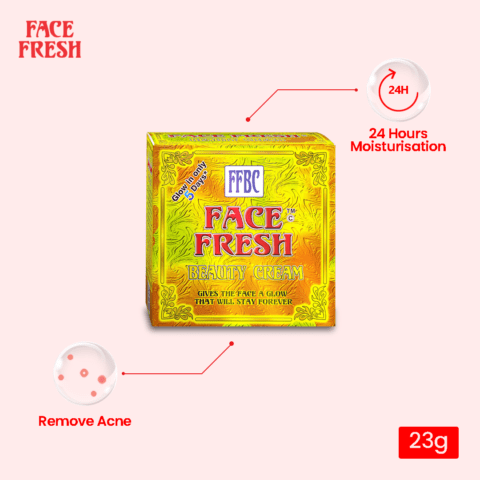
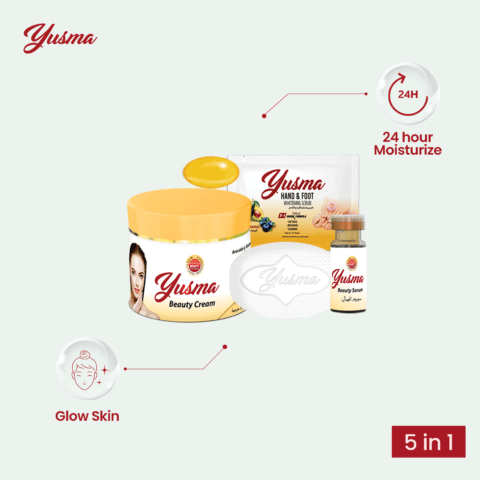
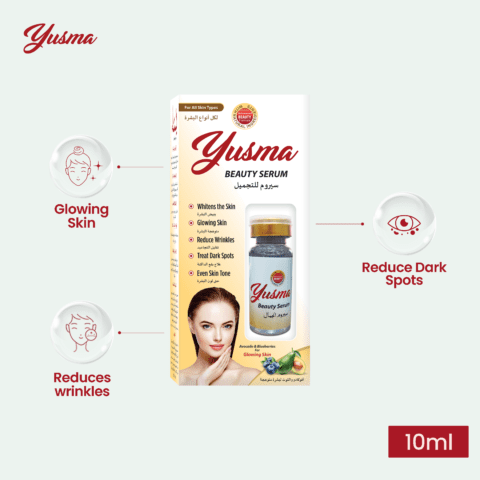
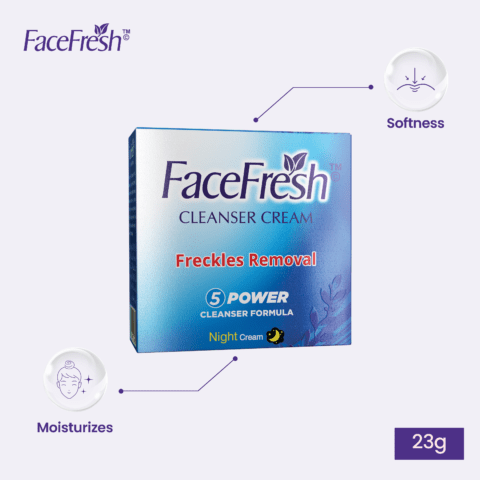
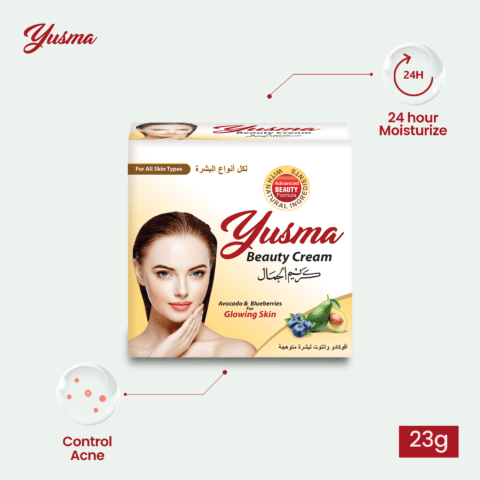
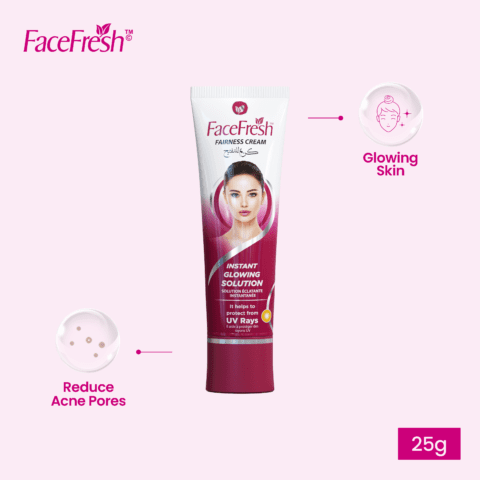

Leave a comment
Your email address will not be published. Required fields are marked *